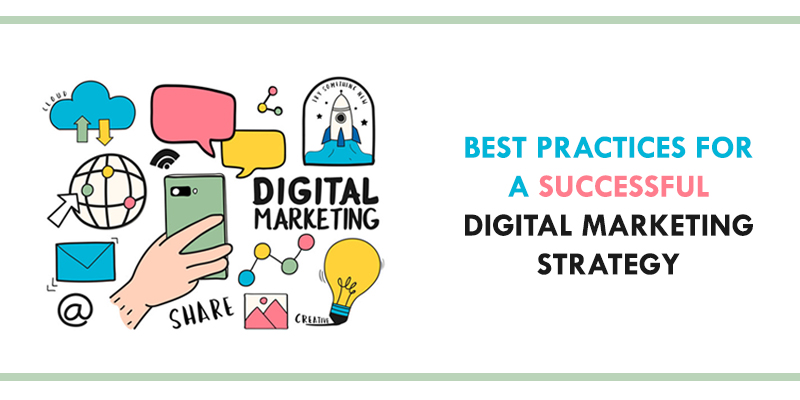Best practices for a successful digital marketing strategy
The emergence of the web in recent years has completely changed our lifestyle and consumption habits.
Today everything is accessible, just a click away.
This is why the way of reaching consumers has changed so much.
Indeed, marketing has adapted and transposed to the web, hence the digital name marketing.
It’s really about reaching the people where they spend the majority of their time, but especially where they consume: the Internet.
They have therefore turned to digital marketing to meet the growing demand and interest of consumers.
Advertisement on different search engines like Google and Bing, marketing on social media and web design are examples of means implemented jointly or independently, depending on the strategy deployed.
Affordable, efficient and measurable: the benefits are numerous; now, it remains to understand how to effectively use all the tools at our disposal.
The funnel or conversion funnel
A small definition is in order: the conversion funnel is a marketing term that defines the customer journey followed by the personal until the goal (conversion) is reached.
In order to bring the users we are interested in to become loyal customers, several strategies must be put in place.
The goal is to reduce the gap between the top and bottom of the funnel.
The phases represent the different states of mind in which the target is vis-à-vis a brand, product or company.
Our digital marketing company has mastered the art of deciphering consumer psychology!
They are able to think about the tactics to employ to respond to the different stages of the customer journey to push the consumer to achieve the desired goal.
The attention phase
People in this part of the funnel do not yet know the brand/product/company.
These awareness campaigns will be seen as a favorable opportunity to increase the popularity of a brand by focusing on better visibility, more impressions and a reasonable but effective distribution frequency.
The goal in itself is to introduce the company’s offering to consumers who were not customers or who did not initially know it.
Tactics adopted to this phase:
Some SEO company advertising on social media such as Facebook, thanks to the many targeting settings and audience options they offer.
Advertising networks like Google’s, with Display options and programmatic advertising.
But what about organic search?
Although the majority of clicks on SERPs go to organic listings, proving one’s worth has proven to be a challenge.
Historically, SEO has lacked reliable automation tools to manage large-scale campaigns.
It is also difficult to measure its return on investment, which leads to limited budgets.
The consideration phase
At this stage, our SEO company wants to reach users who are ready to convert but who have not yet chosen the brand or supplier they are going to do business with.
We will therefore have to deploy tactics designed to meet their specific needs: an ad with the product they have previously viewed, an email to remind them of the item they left in their basket, in short, influence them in their shopping process, ‘purchase.


Live A Reply